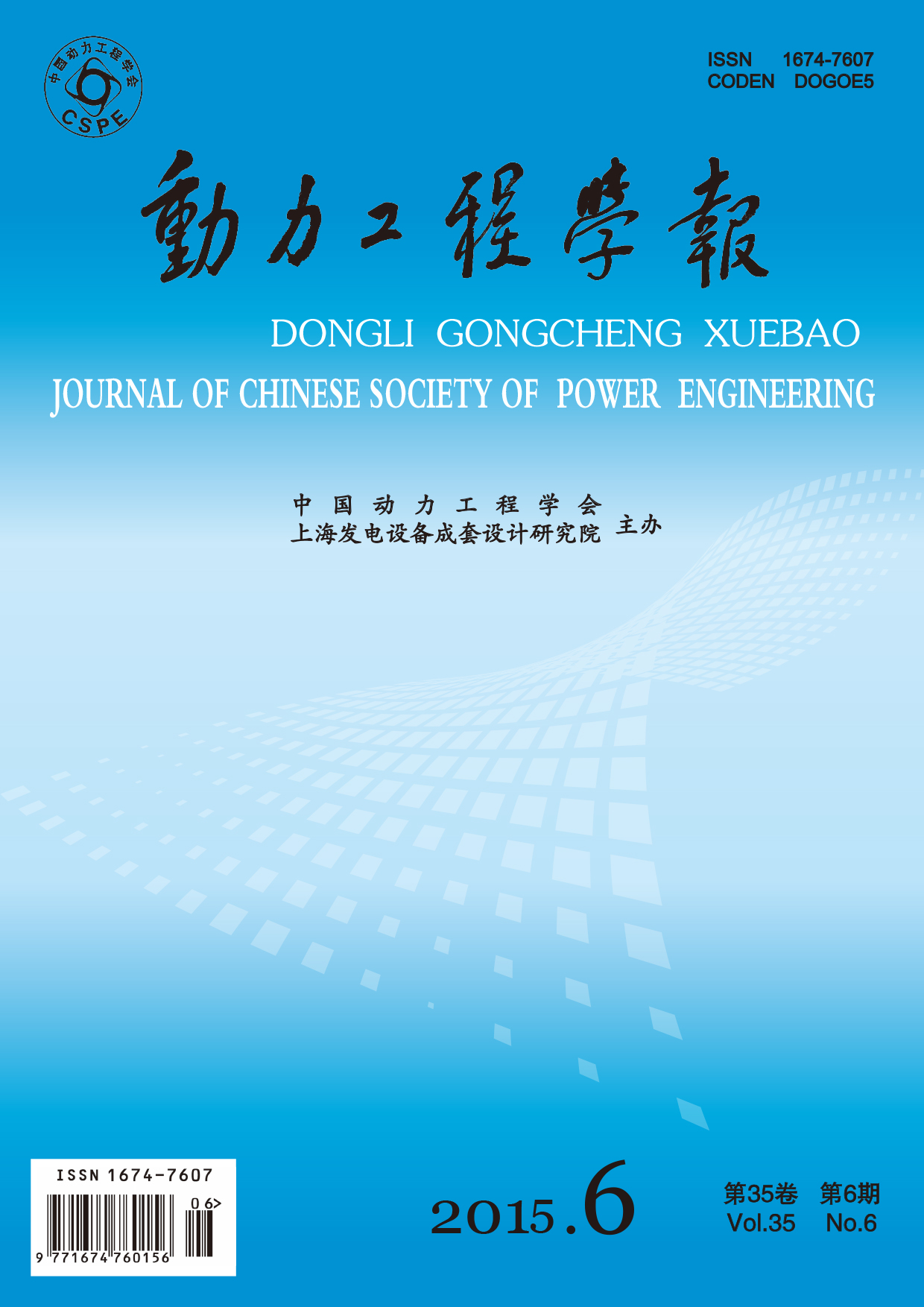Auxiliary Equipment Technology
LIU Jiarui, ZHAO Wei, HUANG Xiaodong, ZHANG Hua, YU Xiaoming
2015, 35(6): 469-475.
Experimental studies were conducted to the heat transfer formula for plate and shell heat exchanger (PSHE), based on the assumption that the plate and shell heat exchanger is a special kind of plate heat exchanger. By analyzing and comparing the applicability of different research methods, such as wall temperature determination method, equal Reynolds number method, Wilson graphical method and equal velocity method, the equal velocity method was finally selected in the experimental study, with which test and verification experiment were respectively performed. In the test experiment, both the inlet and outlet flow rate were controlled to be the same, while in the verification experiment, the flow rate in hot side was kept constant, but that in cold side was changed. The data thus obtained were used to fit the heat transfer formula and calculate the error of heat transfer coefficient. Results show that the relative error of heat transfer coefficient is less than 5%, indicating the heat transfer formula is available, and the study method for heat transfer in plate heat exchanger may serve as a reference for plate and shell heat exchanger.
